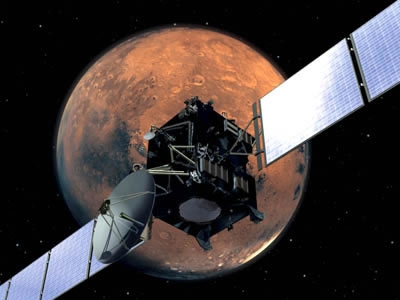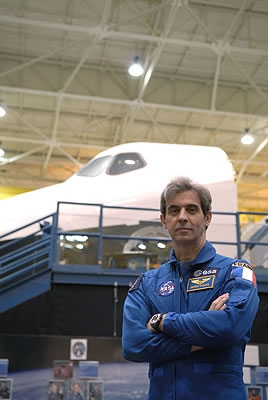26 February 2007
Rosetta made its closest approach to Mars at 03:57 CET Sunday morning, swinging by at 250 km above the surface and just 150 km above the upper layers of its atmosphere. The spacecraft’s batteries took over from the solar panels during its 25-minute Mars eclipse, maintaining power to vital systems while instruments were switched off. Radio contact with Rosetta was lost for 15 minutes as it passed behind Mars, but mission controllers found it in perfect shape on regaining contact at about 04:30 CET.
From Philae with love
During all this time, the small Philae lander riding on Rosetta captured several pictures of Mars as the Red Planet passed at 36,000 kph under the lenses of its CIVA panoramic cameras, developed in France with CNES funding by the IAS space astrophysics institute in Orsay and the LAM astrophysics laboratory in Marseille.

Bending Rosetta’s trajectory
The Mars swingby manoeuvre was not intended to accelerate Rosetta, explains Francis Rocard, in charge of solar system exploration programmes at CNES: “Above all, the aim was to bend the spacecraft’s trajectory to put it on a track towards Earth,” for another swingby on 13 November.

This Earth swingby will boost Rosetta toward the asteroid belt where it will target 2867-Steins in September 2008.
Rosetta will make another Earth swingby in November 2009 for a final gravity assist to put it on a path for its rendezvous with Comet Churyumov-Gerasimenko, the prime mission target, which it will reach in 2014.
